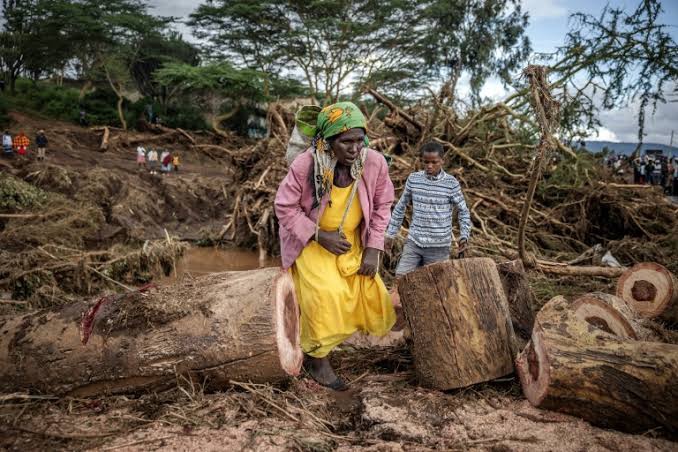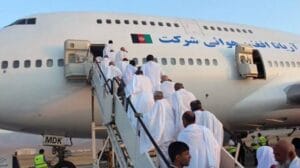East Africa braces for Cyclone Hidaya as heavy rains continue to devastate region

Kenya and Tanzania are on high alert as Cyclone Hidaya approaches their coasts, following weeks of relentless rains that have wreaked havoc across East Africa. The severe weather has claimed over 350 lives and displaced tens of thousands of people, with authorities warning of worsening conditions as the cyclone looms.
In Kenya, the floods have resulted in 188 deaths since March, with at least 90 people still missing. The torrential rains have forced 165,000 people from their homes, leading to a state of emergency in many regions. President William Ruto’s office has cautioned that Cyclone Hidaya could bring heavy rainfall, large waves, and strong winds, potentially disrupting marine activities in the Indian Ocean and further complicating rescue efforts.
Tanzania is also feeling the impact, with at least 155 people killed in flooding and landslides. The Tanzania Red Cross Society noted that the cyclone is expected to bring extreme weather conditions, including strong winds and heavy rainfall, to coastal regions. As a precaution, the government has urged citizens to stay away from flood-prone areas and seek shelter in safer locations.
In response to the ongoing crisis, President Ruto has deployed the Kenyan military to aid in evacuating those living in high-risk zones. The Kenyan Interior Ministry issued a bulletin on Thursday evening, ordering residents near major rivers or filled-up dams to evacuate within 24 hours. Failure to comply could result in mandatory evacuation for public safety. The government’s swift response aims to prevent further loss of life and property.
The flooding has also significantly impacted Kenya’s tourism industry, with around 100 tourists stranded in the Maasai Mara wildlife reserve after a river overflowed, flooding lodges and safari camps. While rescuers managed to evacuate most of the stranded tourists by ground and air, many areas remain inaccessible due to washed-out bridges, disrupting the livelihoods of locals and threatening the reserve’s ecosystem.
Amid the chaos, opposition politicians and human rights groups have criticized the Kenyan government for its perceived slow response to the crisis. Human Rights Watch emphasized the state’s responsibility to protect citizens from foreseeable harm due to climate change and extreme weather events. International support has begun to flow in, with condolences and pledges of solidarity from global leaders, including Pope Francis and UN Secretary-General António Guterres.
The ongoing heavy rains are attributed to the El Niño weather pattern, which has exacerbated the crisis in East Africa. With Cyclone Hidaya on the horizon, authorities are urging caution and vigilance as they brace for potentially catastrophic weather conditions in the coming days.












